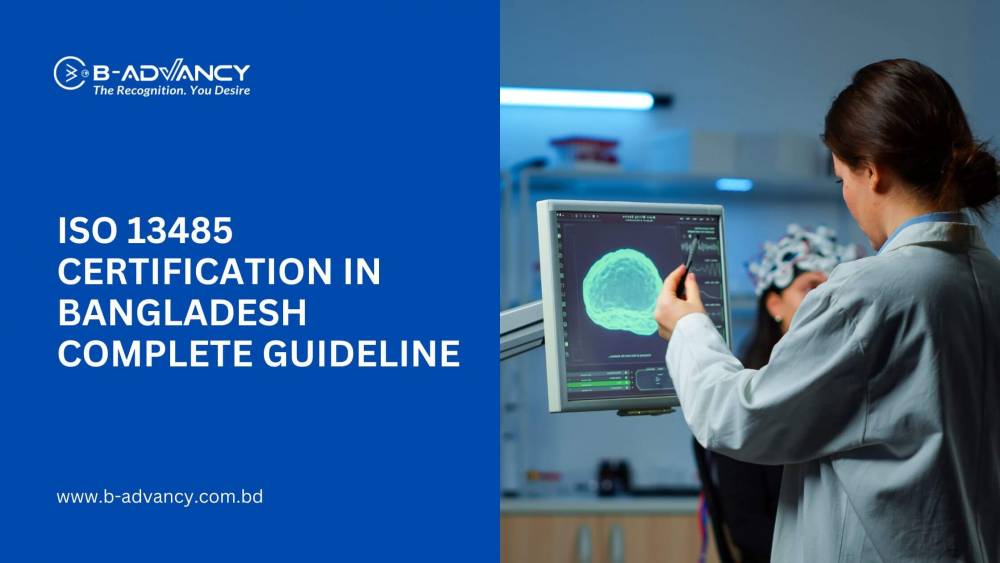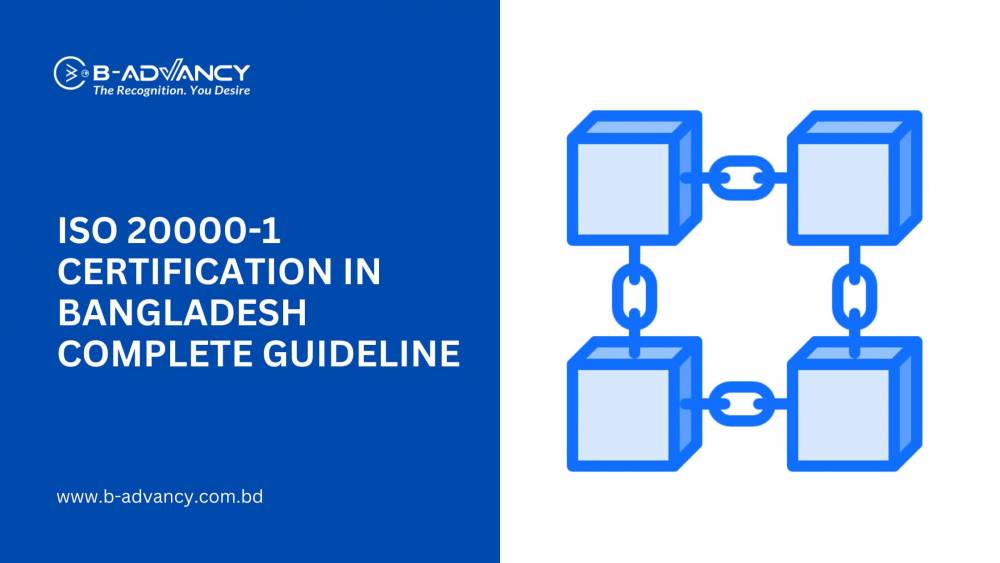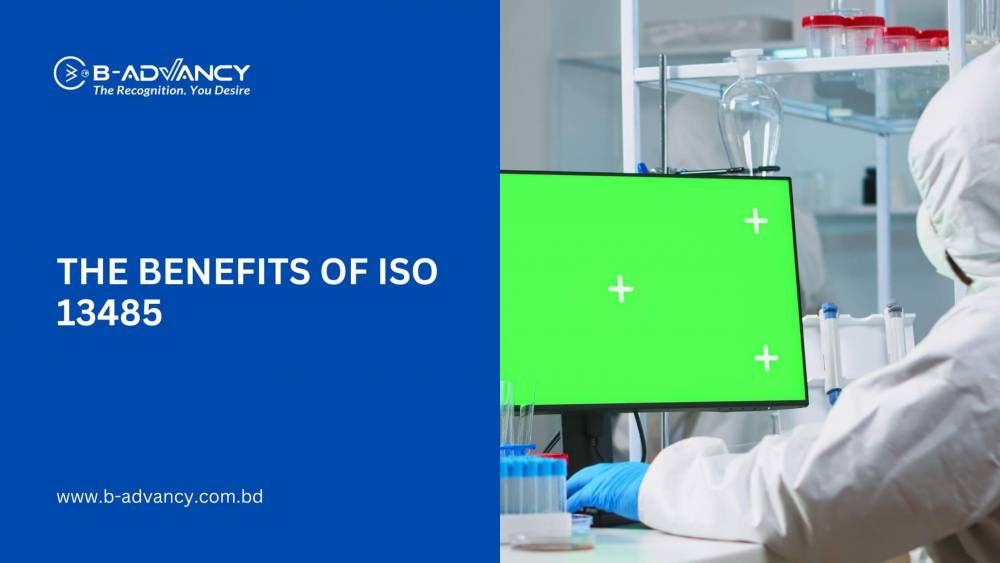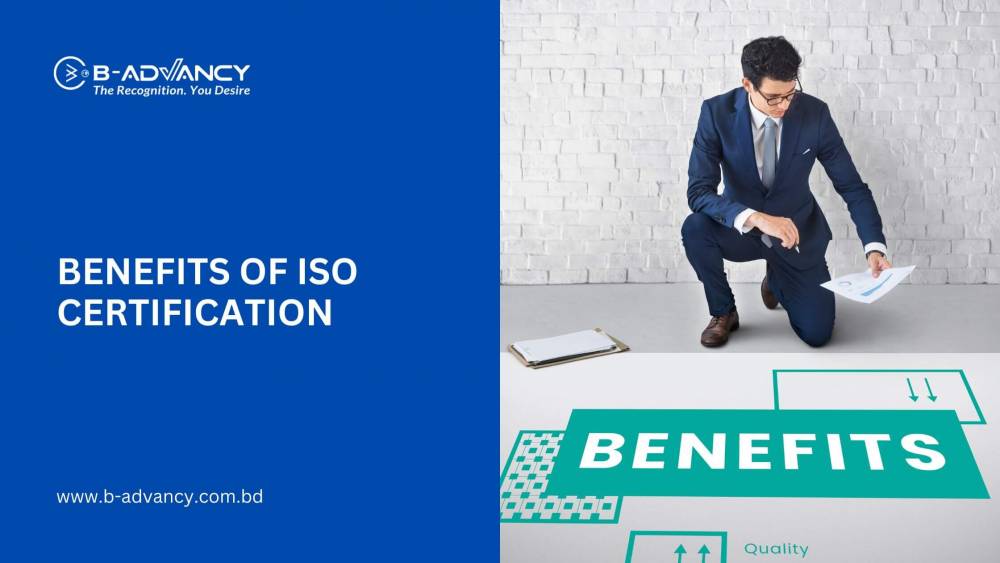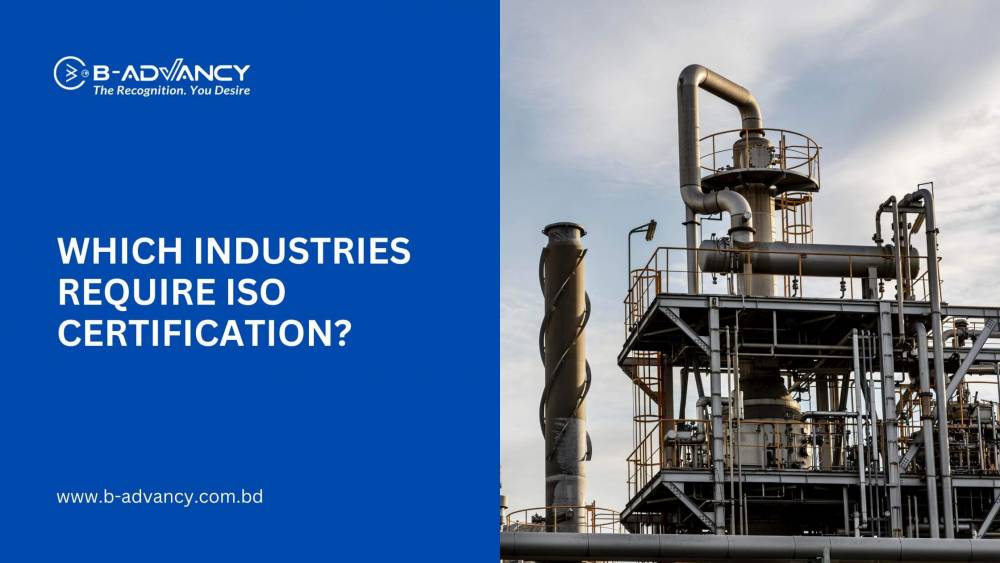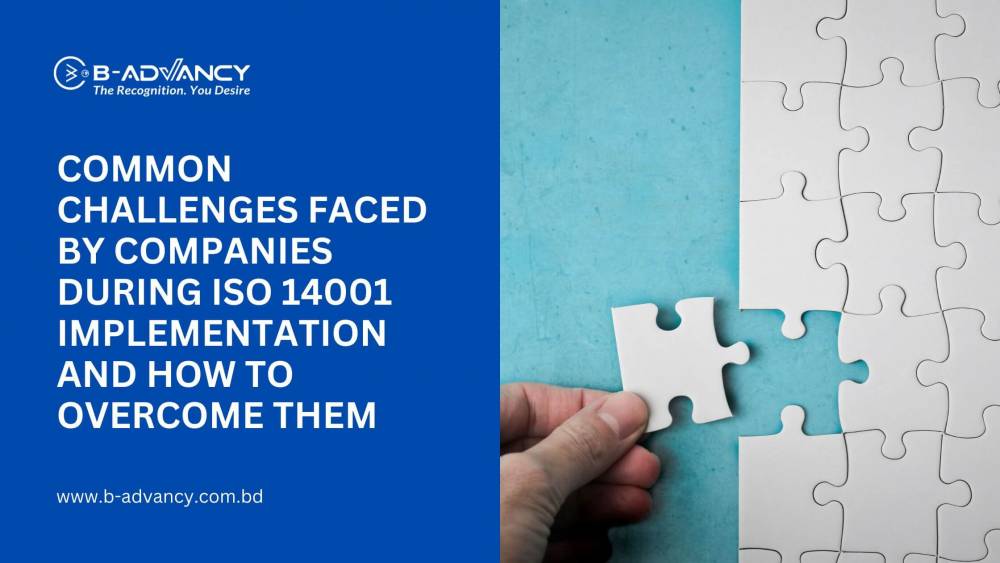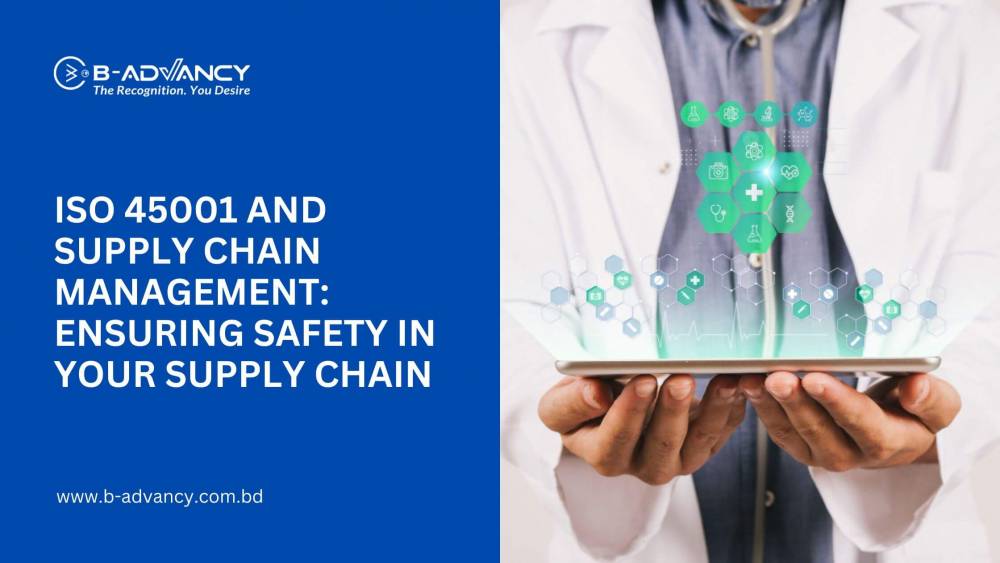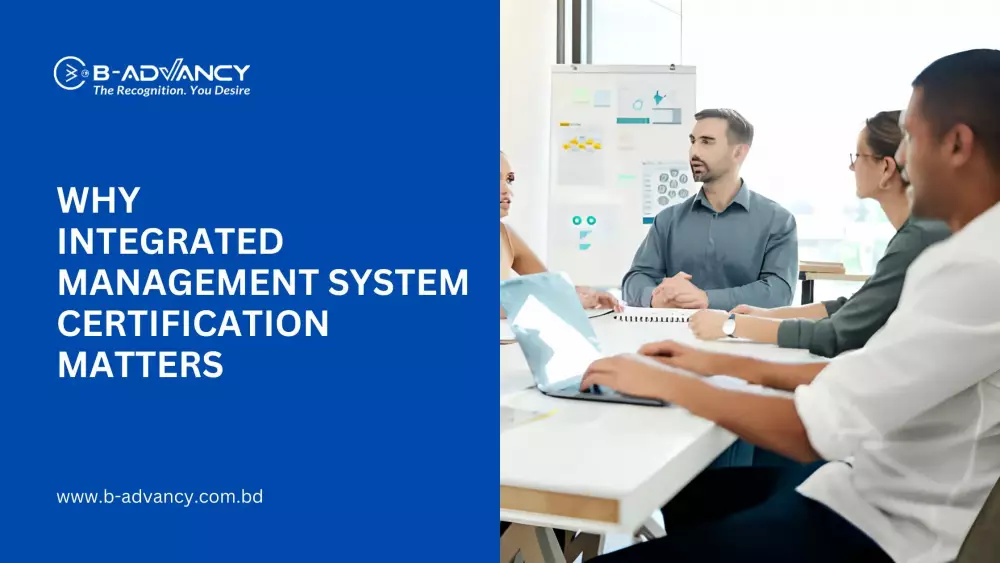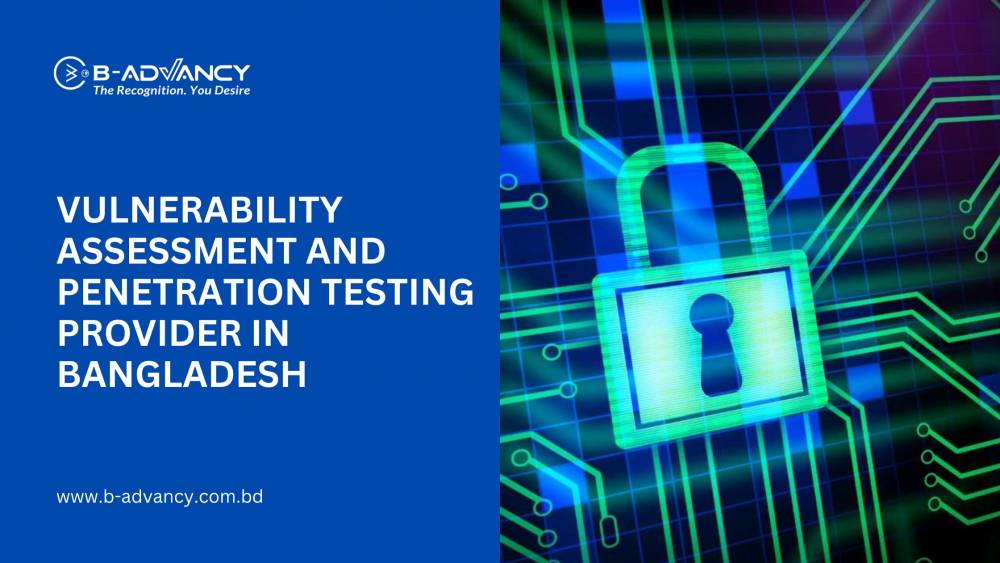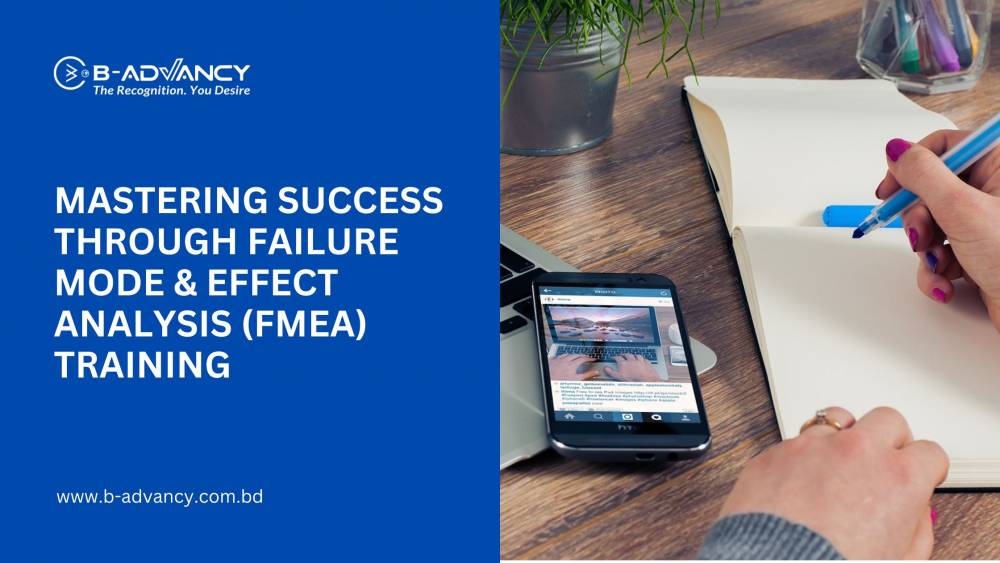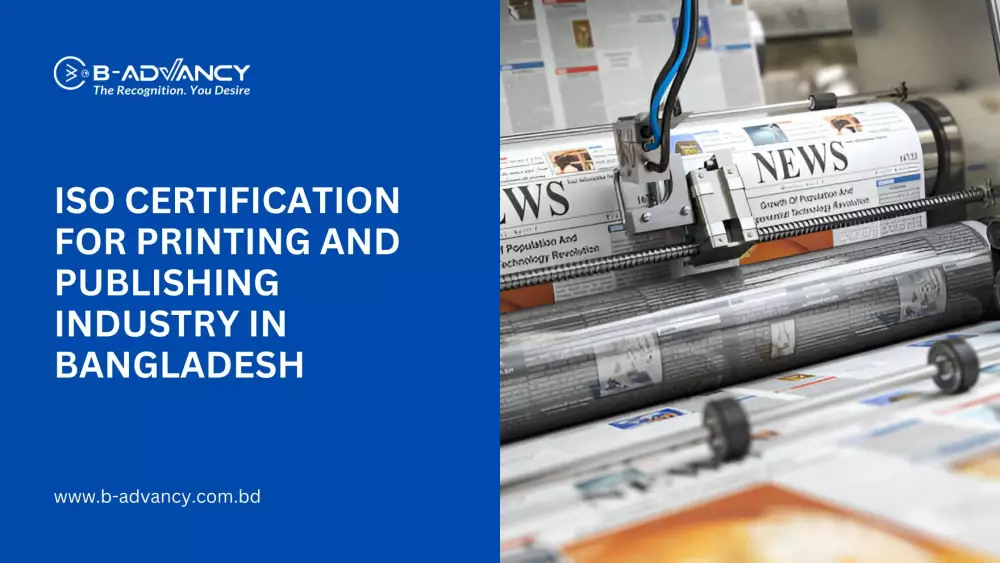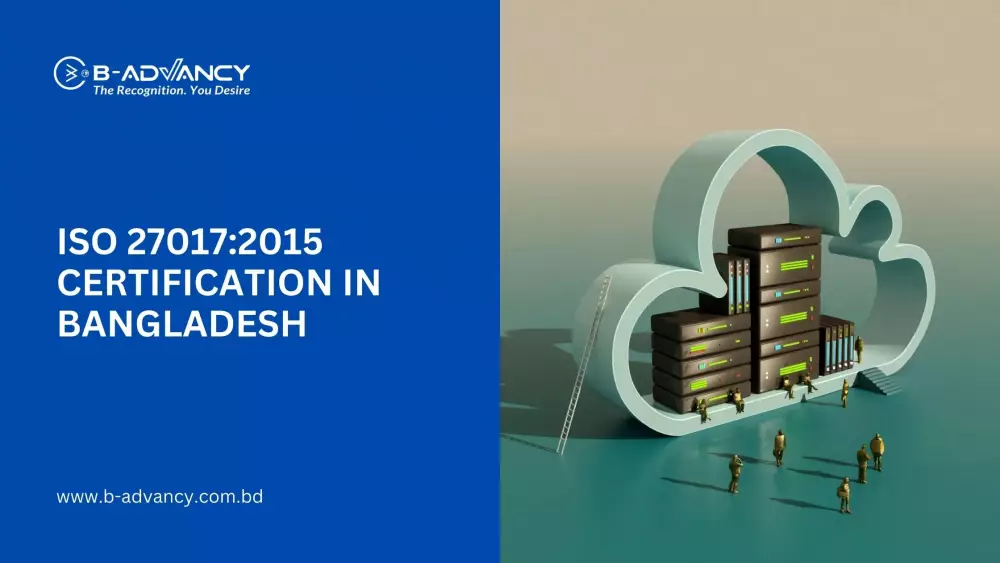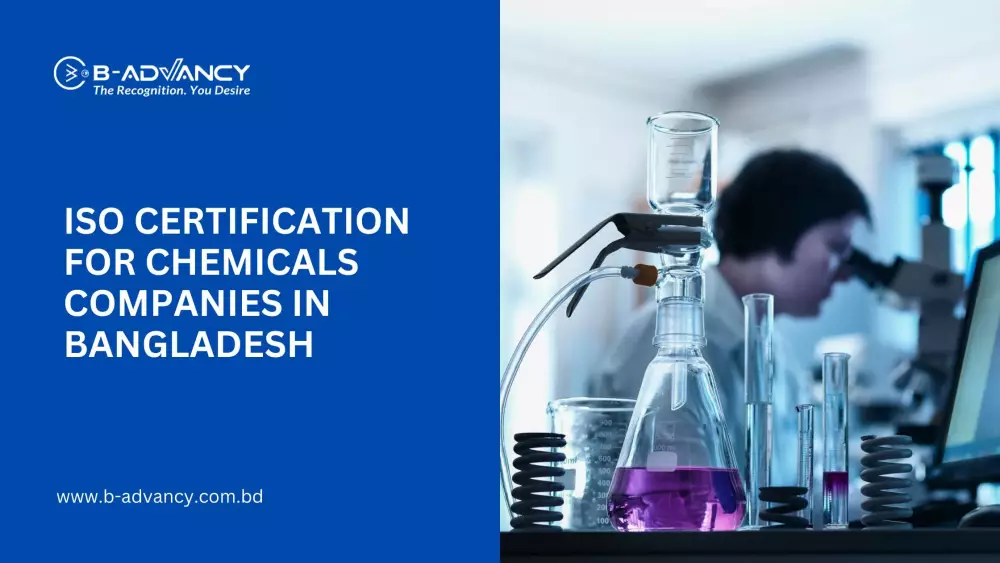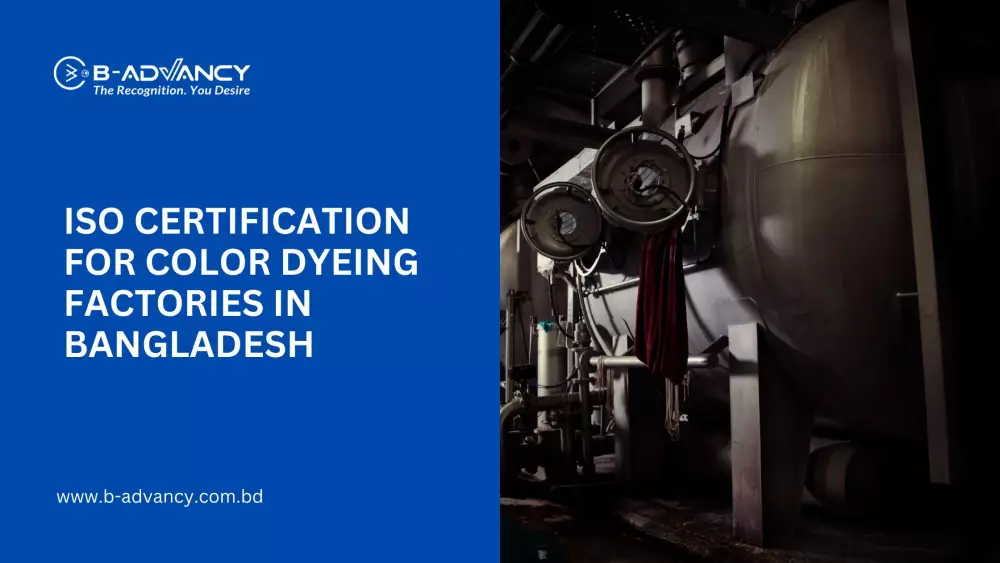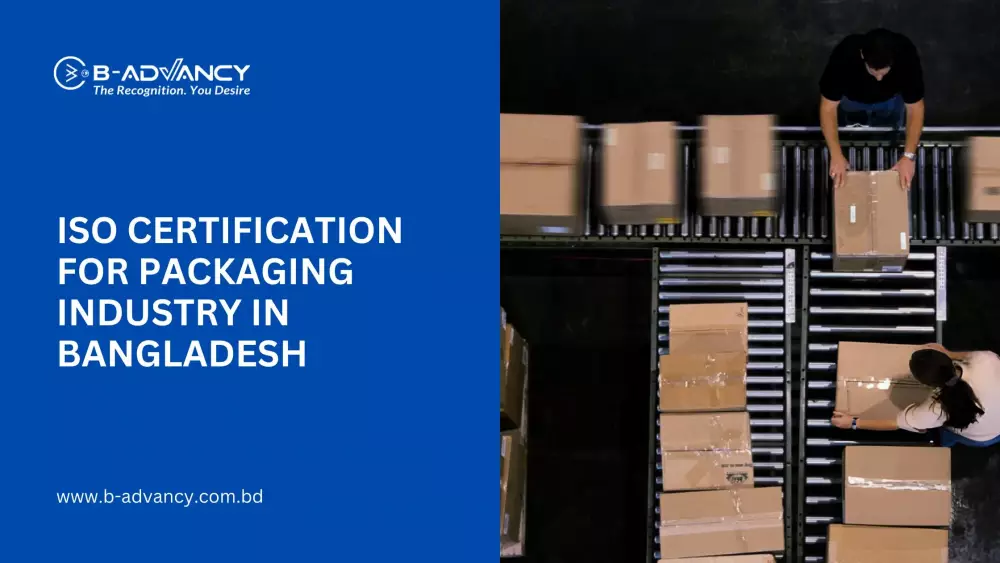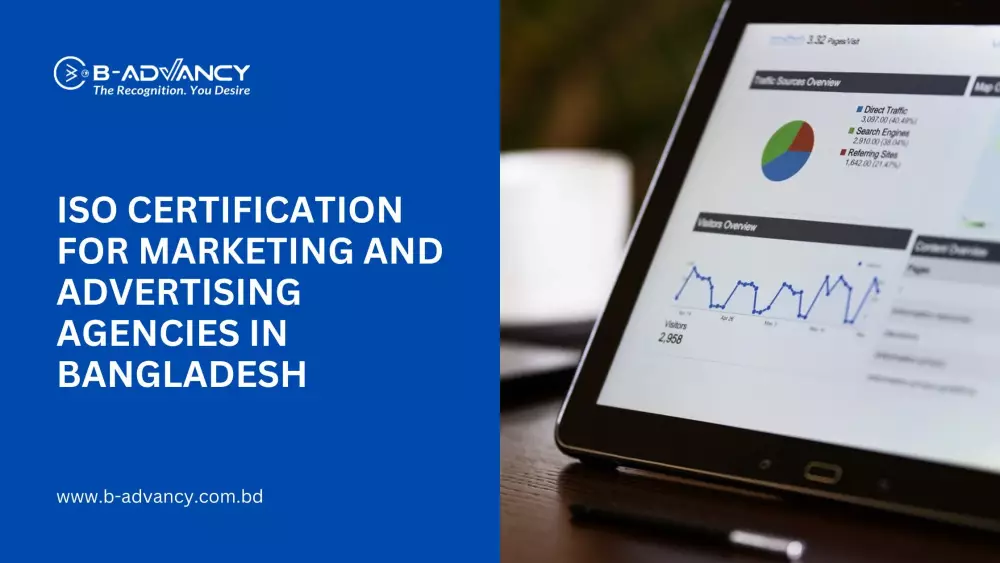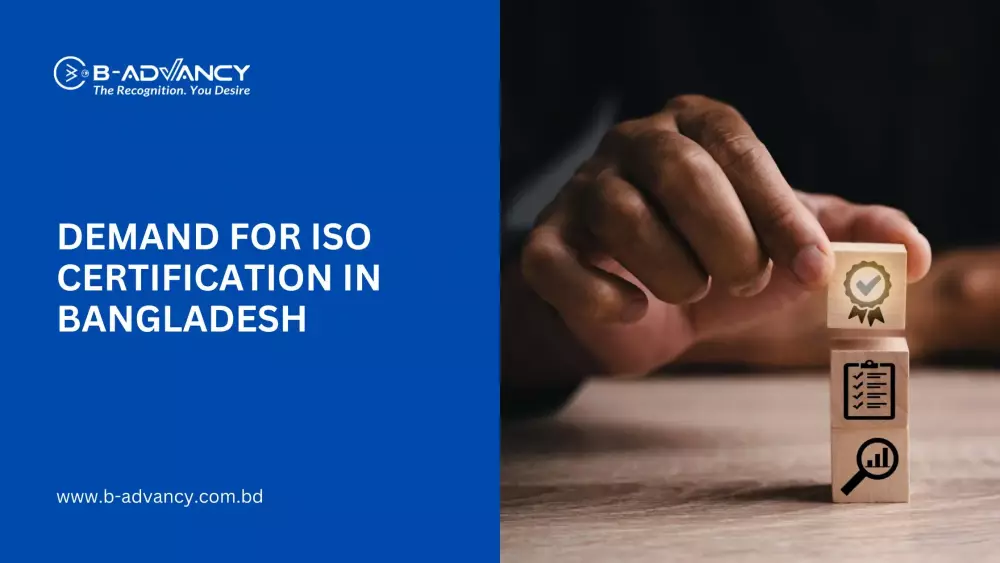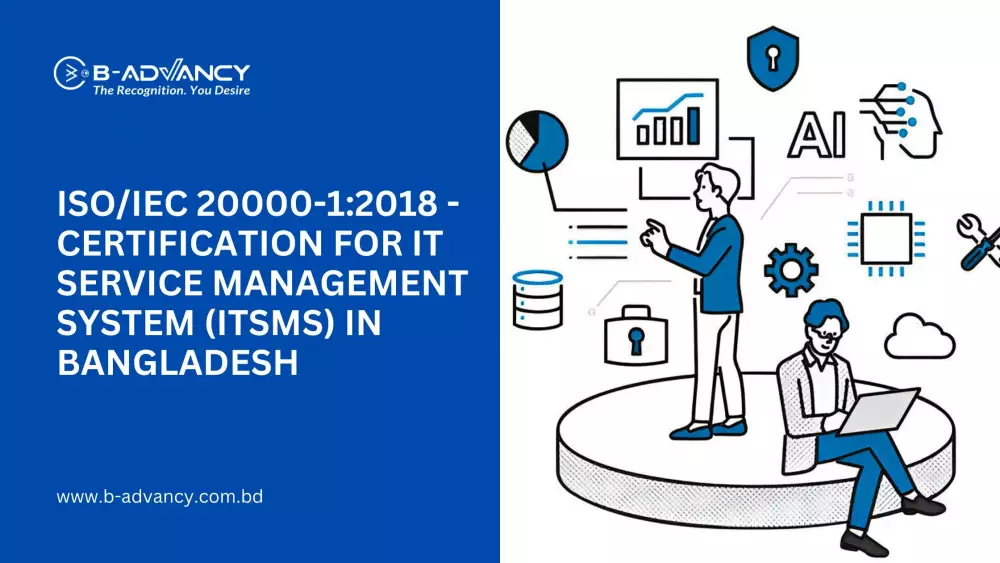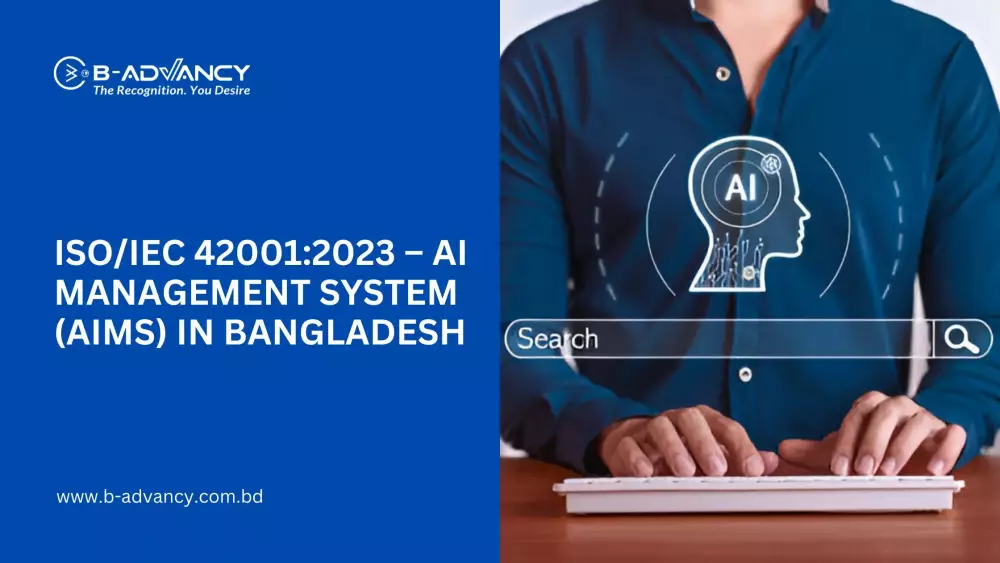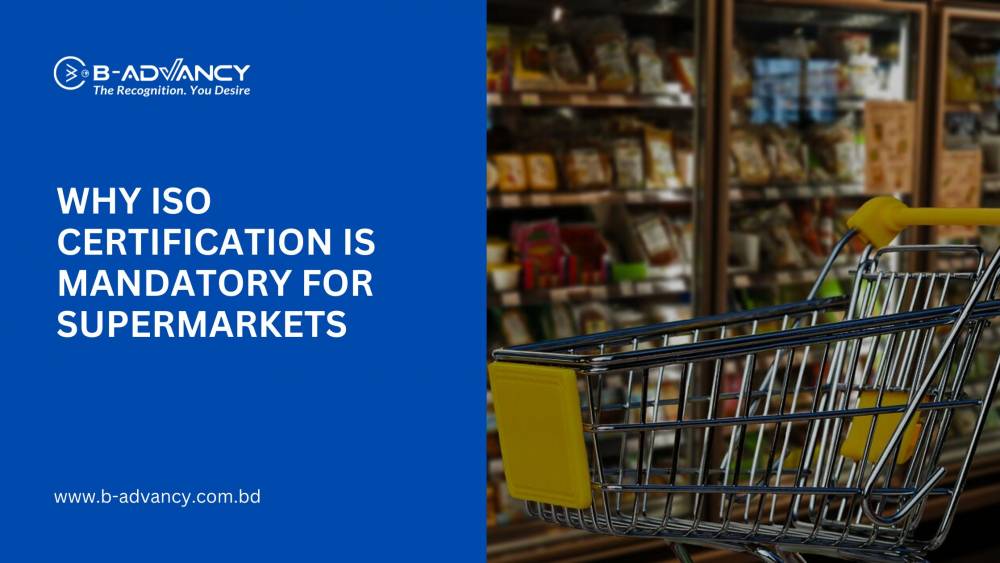Managing occupational health and safety (OHS) risks and hazards is crucial for any organization. As a result, companies have been adopting the ISO 45001 standard as a framework for managing OHS risks and improving performance. However, many organizations have found that integrating ISO 45001 with other management systems, such as ISO 9001 for quality management and ISO 14001 for environmental management, can be more effective and efficient in achieving their objectives. In this blog post, we will discuss the benefits of integrating ISO 45001 with other management systems, the steps to do so, and real-world examples of companies that have successfully integrated their systems.
Benefits of Integrating ISO 45001 with Other Management Systems
The benefits of integrating ISO 45001 with other management systems go beyond simply aligning management systems. By integrating OHS management with other areas of the organization, companies can improve performance, efficiency, and cost savings.
According to a study by the National Institute for Occupational Safety and Health (NIOSH), organizations that integrate safety management into their overall business management system see a 24% reduction in injury rates and a 20% reduction in workers' compensation costs. Integrating OHS with other management systems can also help organizations achieve their objectives and goals more effectively.
Real-world examples:
Volvo Group
Volvo Group, a global manufacturer of trucks, buses, construction equipment, and marine and industrial engines, integrated its OHS management system with its quality management system. As a result, the company improved its efficiency and reduced its environmental impact. Volvo Group also achieved its objective of reducing the number of lost time accidents by 20%.
Coca-Cola
Coca-Cola, a global beverage manufacturer, integrated its OHS management system with its environmental management system. The company implemented a system that helped it identify and manage risks related to OHS and the environment. As a result, Coca-Cola was able to reduce its waste generation by 7% and achieve its objective of reducing its water consumption by 25%.
Steps to Integrating ISO 45001 with Other Management Systems
To integrate ISO 45001 with other management systems, companies need to follow a structured process that involves planning, communication, and collaboration. The following steps can help organizations effectively integrate their management systems:
Define the scope of the integration.
➤ Identify the roles and responsibilities of key stakeholders.
➤ Develop a plan for integration that includes a timeline and resource allocation.
➤ Communicate the plan to all stakeholders.
➤ Implement the integration plan.
➤ Monitor and evaluate the effectiveness of the integration.
➤ Continuously improve the integration process.
➤ Real-world example:
3M, a global science-based company, integrated its OHS management system with its environmental management system using a structured process. The company defined the scope of the integration, identified key stakeholders, developed a plan for integration, and implemented the plan. As a result, 3M was able to improve its overall performance and reduce its costs.
Challenges and Solutions
Integrating ISO 45001 with other management systems can be challenging for organizations. Some common challenges include a lack of resources, communication gaps, and resistance to change. However, these challenges can be overcome through effective planning, communication, and collaboration.
Real-world example:
Ford Motor Company faced challenges when integrating its OHS management system with its quality management system. The company had a lack of resources and faced resistance to change. However, by implementing a structured process and involving key stakeholders, Ford was able to successfully integrate its management systems and improve its overall performance.
Conclusion
Integrating ISO 45001 with other management systems can provide many benefits for organizations, including improved performance, efficiency, and cost savings. By following a structured process, organizations can effectively integrate their management systems and achieve their objectives. Real-world examples show that companies like Volvo Group, Coca-Cola, and 3M have successfully integrated their management systems and improved their performance.
Challenges such as a lack of resources, communication gaps, and resistance to change can be overcome by effective planning, communication, and collaboration. Continuous monitoring and evaluation of the integration process can ensure ongoing success.
In conclusion, integrating ISO 45001 with other management systems is a strategic decision that can help organizations manage risks and improve their overall performance. By following a structured process and learning from real-world examples, organizations can successfully integrate their management systems and achieve their goals.













